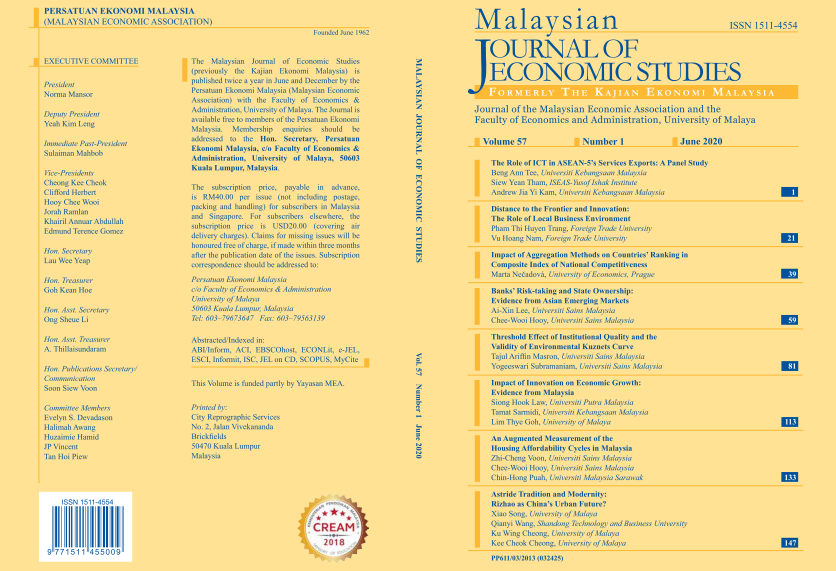Astride Tradition and Modernity: Rizhao as China’s Urban Future?
DOI:
https://doi.org/10.22452/MJES.vol57no1.8Keywords:
Intangible cultural heritage, marine industry, solar energy, urban development, spatial planningAbstract
Located in an area of great antiquity, Rizhao, a prefectural city of 3 million in China’s Shandong province, is both a victim and beneficiary of its long history. When China liberalised in 1978, many industries locating in Shandong brought environmental devastation. However, its antiquity endowed the area with a rich cultural heritage ripe for tourism as an alternative “pillar industry” to other economic pursuits. The city’s fame as having the most sunny days in China not only helped tourism but also promotes the use of solar energy. However, its success in the midst of highly competitive neighbouring cities is not coincidental. Credit must go to city planning and the city government which seeks to capitalise on its “green” credentials and historical legacy to augment its traditional strategy of becoming a coastal marine industry base, regional logistical centre, and marine technology zone. Whether this model represents China’s urban future remains to be seen; it has nevertheless many features superior to many cities in China.

